Tour Attractions
Embark on a captivating journey through Buddhist Heritage Pakistan tapestry as we unravel the mystique of Bhuddiat Sites. Immerse yourself in the following historical wonders that define Pakistan’s Buddhist legacy:-
| Takht I Bahi Buddhist Monastery | Taxila Museum | Peshawar Museum | Sawat Museum | Gondrani Caves |
| Mohenjo Daro | Rohtas Fort | Shingardar Stupa | Manthal Budda Rock | DharmaRajika Stupa |
| Thul Hairo Khan Stupa | Votive Stupas Mingora | Bhaleel Shah | Amlukdara Stupa | Buddhist Temple in Islamabad’s Diplomatic Enclave |
Introduction Buddhist Heritage Pakistan
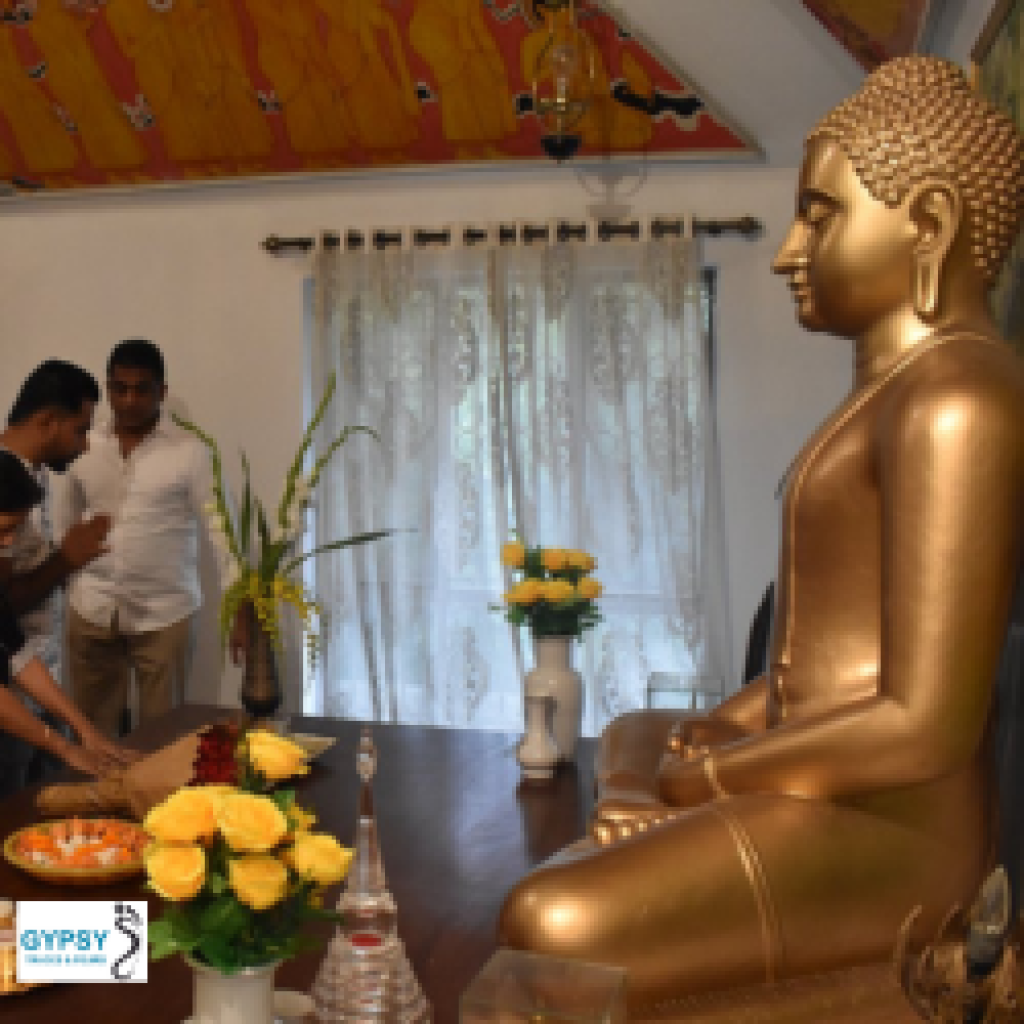
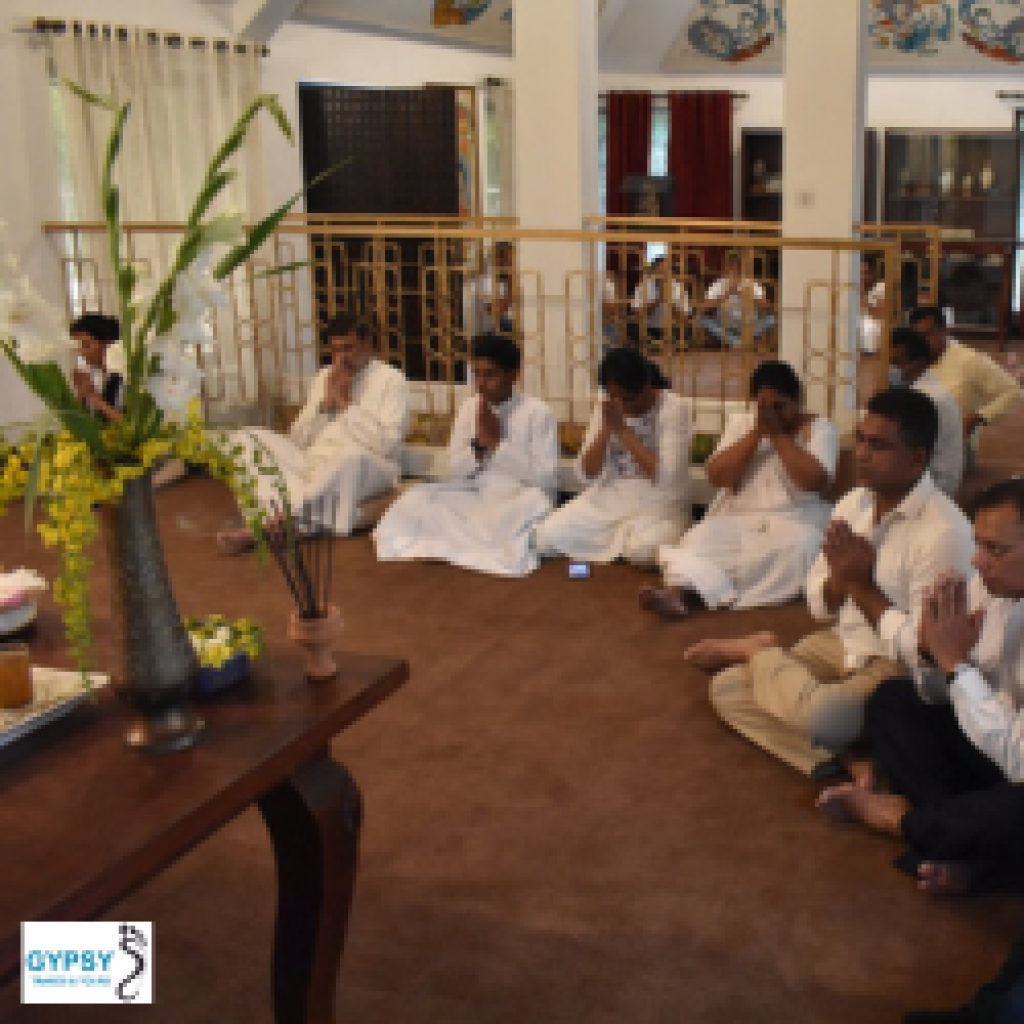
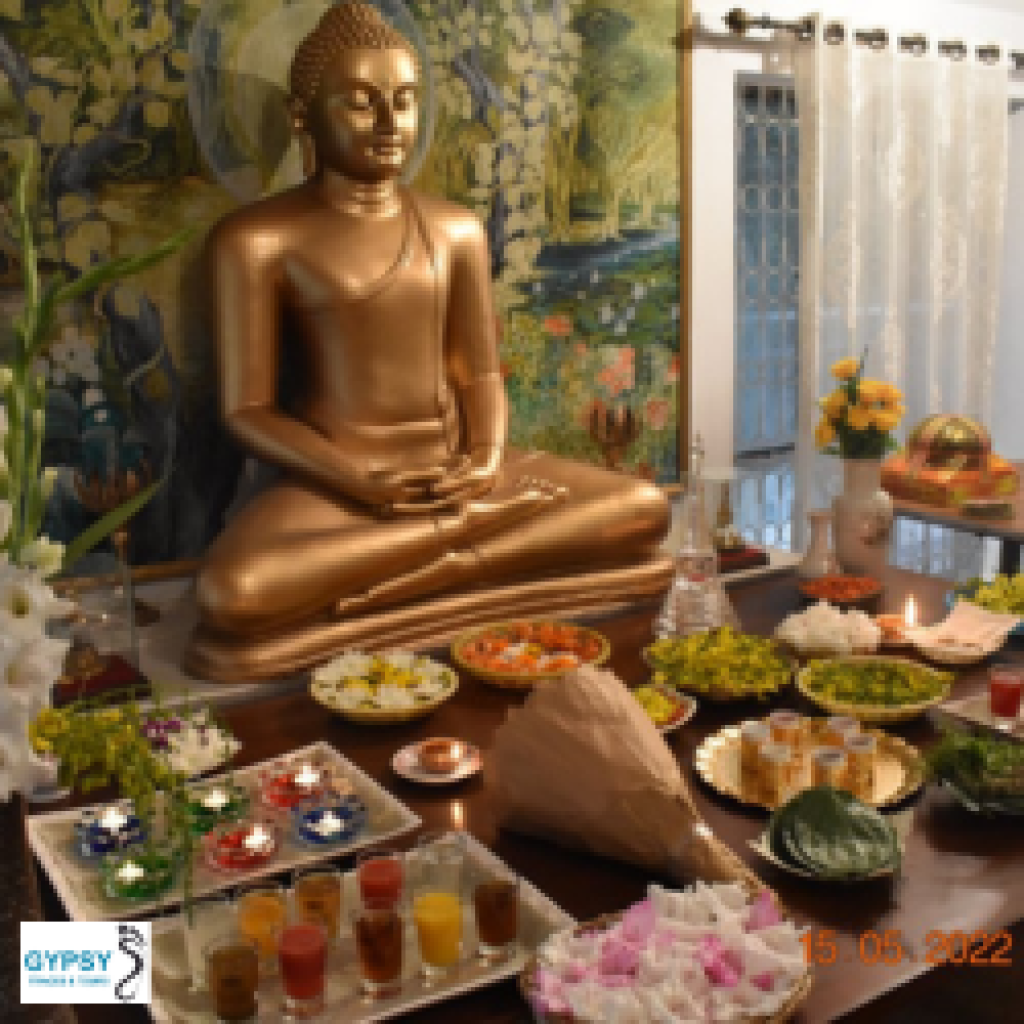
Pakistan’s rich cultural heritage spans centuries, with a significant chapter dedicated to Buddhism. From ancient monasteries to archaeological wonders, this blog takes you on a virtual tour of key Buddhist sites in Pakistan, each steeped in history and cultural significance.
Table of Contents
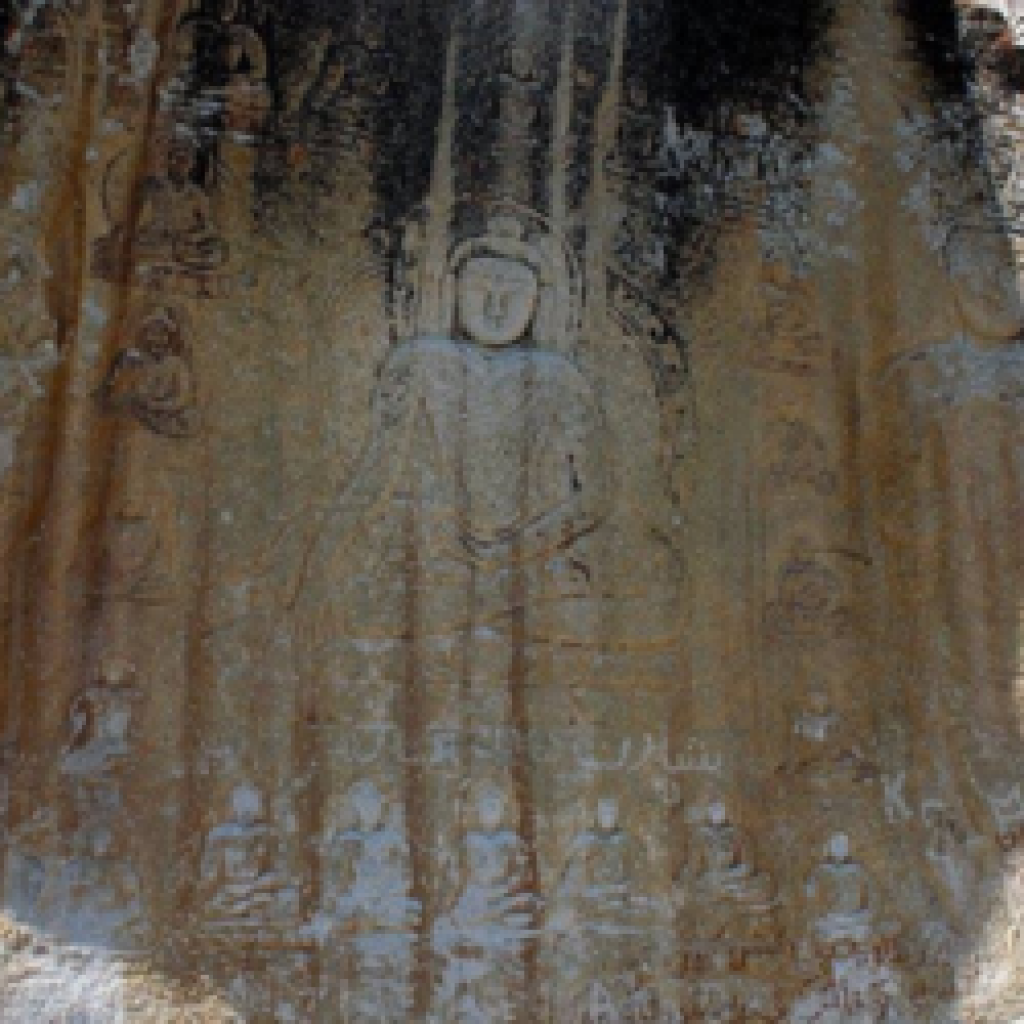
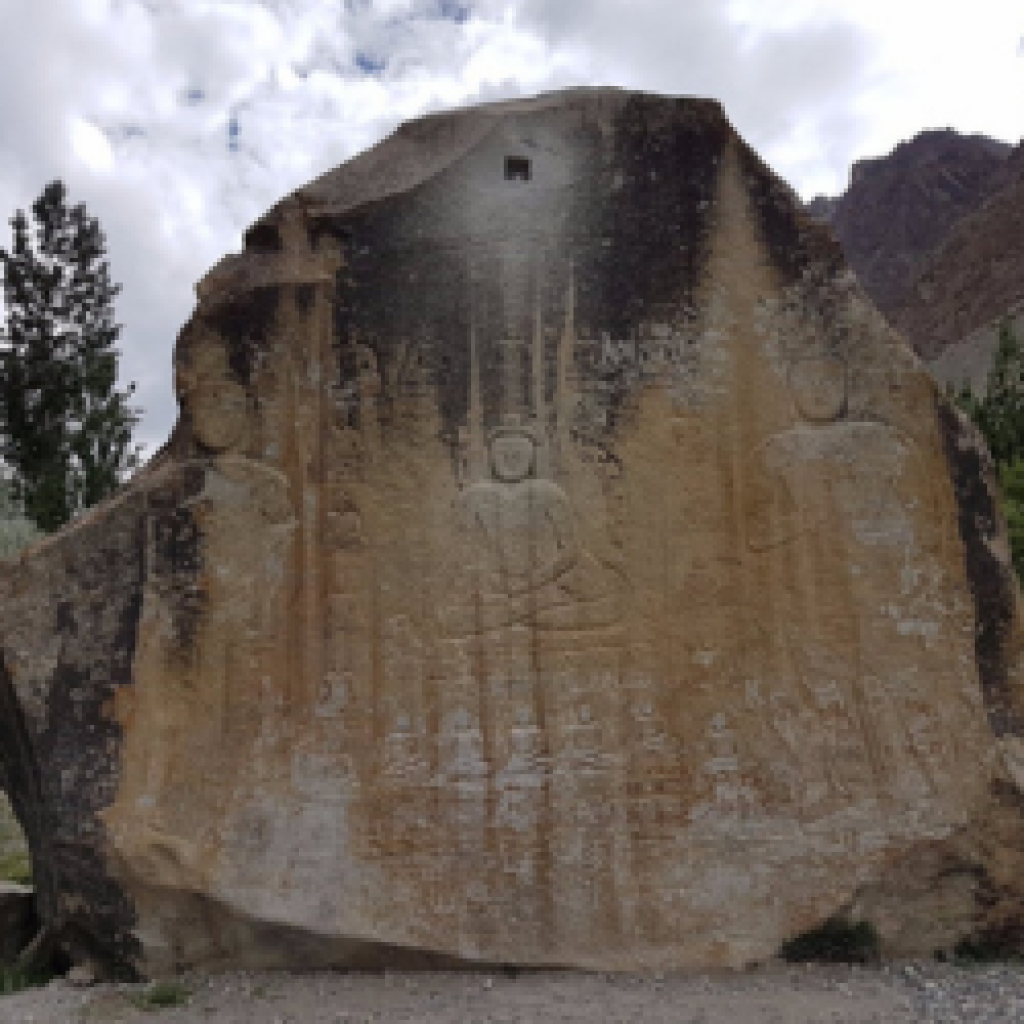
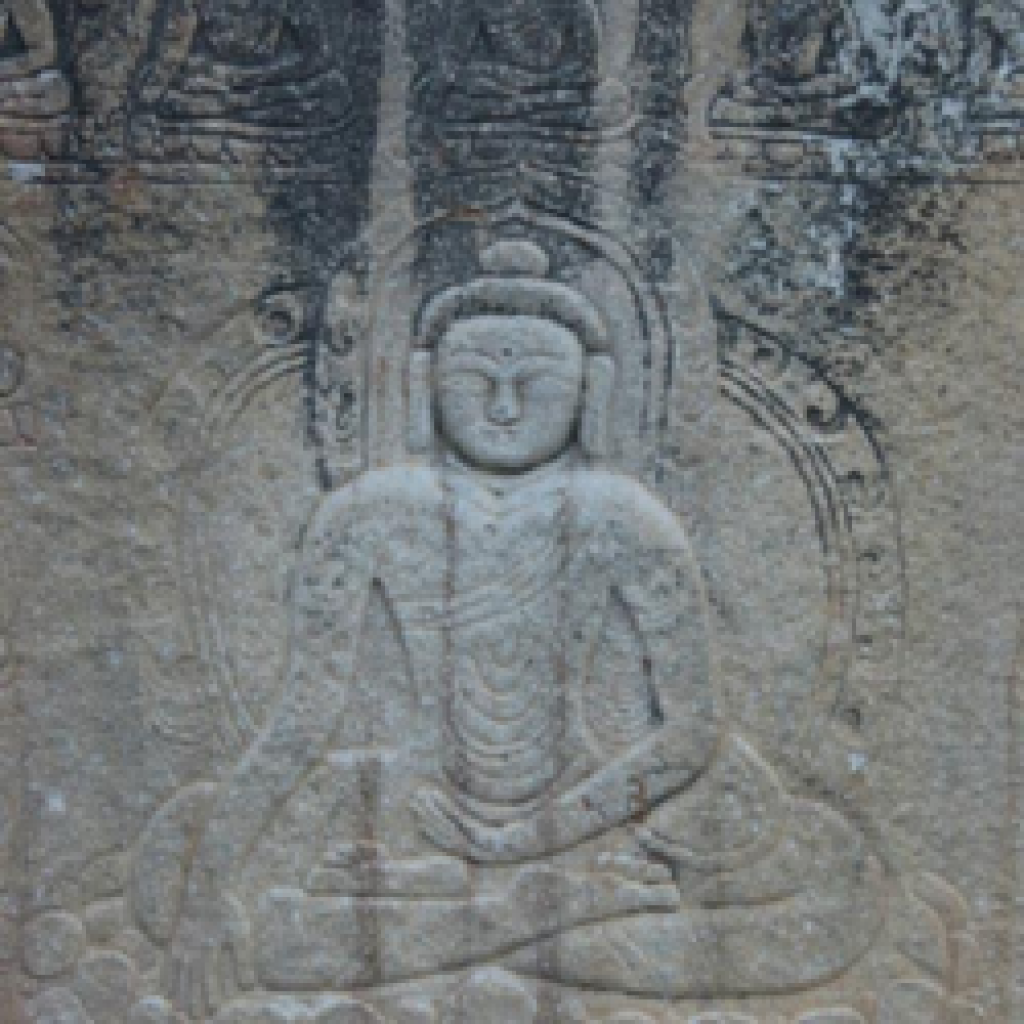
1. Takht I Bahi Buddhist Monastery; Buddhist Heritage Pakistan
Nestled amidst the hills near Mardan, Takht I Bahi is a UNESCO World Heritage site dating back to the 1st century CE. Explore the monastery’s intricate architecture, stupas, and meditation cells, providing a glimpse into the lives of Buddhist monks from centuries ago.
2. Taxila Museum; Buddhist Heritage Pakistan
Taxila, a treasure trove of Buddhist artifacts, houses the Taxila Museum, showcasing relics from various periods. The nearby Dharma Rajika Stupa adds a spiritual dimension to the experience, with its serene ambiance and historical significance.
3. Peshawar Museum; Buddhist Heritage Pakistan
Peshawar Museum offers a curated collection of Gandhara art, providing insights into the region’s Buddhist past. Home to the Peshawar Museum, a repository of Gandhara civilization’s artistic grandeur. Sculptures and relics within the museum showcase the flourishing artistry of the Gandhara era
4. Sawat Museum Mingora; Buddhist Heritage Pakistan
As we journey to Swat Valley, the Sawat Museum in Mingora is a must-visit, housing artifacts that illuminate the Buddhist era.
5. Gondrani Caves ; Buddhist Heritage Pakistan
Venturing into Balochistan, the Gondrani Caves unveil a unique blend of Buddhist and Hindu art. Nearby, Bhaleel Shah, an ancient site with Buddhist remains, adds to the mosaic of Pakistan’s diverse cultural landscape.
6. Mohenjo Daro: Tracing Indus Valley Civilization; Buddhist Heritage Pakistan
Transitioning from Buddhist history to the Indus Valley Civilization, our next stop is Mohenjo Daro, an archaeological marvel that echoes the advanced urban planning and cultural diversity of ancient times.
7. Rohtas Fort: A Fusion of History in Punjab; Buddhist Heritage Pakistan
Moving towards the historic Rohtas Fort, constructed during the reign of Sher Shah Suri, witness the amalgamation of Afghan and Indian architectural styles.
8. Shingardar Stupa; Buddhist Heritage Pakistan
In Khyber Pakhtunkhwa, the Shingardar Stupa stands proudly, underscoring the region’s rich Buddhist heritage.
9. Manthal Budda Rock: Tracing Ancient Civilization; Buddhist Heritage Pakistan
The Manthal Budda Rock, adorned with Buddhist inscriptions, transports you to a bygone era. Shift gears to Mohenjo Daro, an archaeological marvel of the ancient Indus Valley Civilization, revealing the cultural diversity that once thrived in the region.
10. Dharma Rajika Stupa; Buddhist Heritage Pakistan
The near to Taxila Musem, Dharma Rajika Stupa adds a spiritual dimension to the experience, with its serene ambiance and historical significance.
11. Thul Hairo Khan Stupa: The Artistic Heritage of Johi Sindh
In the 3rd century BCE, under Emperor Ashoka, Buddhism found roots in Sindh, supported by Chandragupta Maurya and the defeat of Greek dominance. Sindh became a Maurya Empire division in 305 BCE, thriving under Ashoka’s patronage. Sindhi monks actively participated in Buddhist councils during the Mauryan rule. Faxian, in 641 CE, recorded numerous stupas in Sindh. During the Rai dynasty, Sindh became a Buddhist hub, coexisting with Hinduism through the Soomra dynasty until the 13th century CE. Stupas held sacred significance, weaving Buddhism’s rich tapestry into the history of Sindh.
12. Votive Stupas Mingora:
The form of the stupa, with its distinctive domelike drum, originates in eight cylindrical structures in which the Buddha’s relics were placed after his death. As we journey to Swat Valley, discover the Votive Stupas in Batkara III, showcasing the rich religious tapestry of the region.
13. Bhaleel Shah, Dadu Sindh:
Bhaleel Shah, an ancient site with Buddhist remains, adds to the mosaic of Pakistan’s diverse cultural landscape. The thul is rectangular in shape. It is 26′-9″ high from the ground level. Its width is 27′-45′. The base of Thul is built with irregular shape of stones and mud bricks are used for further construction and mud mortar is used as a binding material. This thul is also one of the series of the thuls of Buddhist period found in various parts of Sindh around 5th- 7th century A.D.
14. Amlukdara Stupa
In the heart of Swat Valley, the Amluk Dara Stupa invites modern-day explorers to stand amidst the echoes of ancient empires, to imagine the clash of civilizations, and to marvel at the resilience of structures that withstand the test of time. It is a journey through the annals of history, where the past converges with the present, leaving visitors in awe of the stories etched into the stones of this remarkable Buddhist structure.
15. Buddhist Temple Diplomatic Enclave Islamabad:
Concluding our journey, the Buddhist Temple in Islamabad’s Diplomatic Enclave provides a contemporary nod to the enduring spiritual influence in Pakistan. It is the only functional Bhuddist temple in Pakistan.
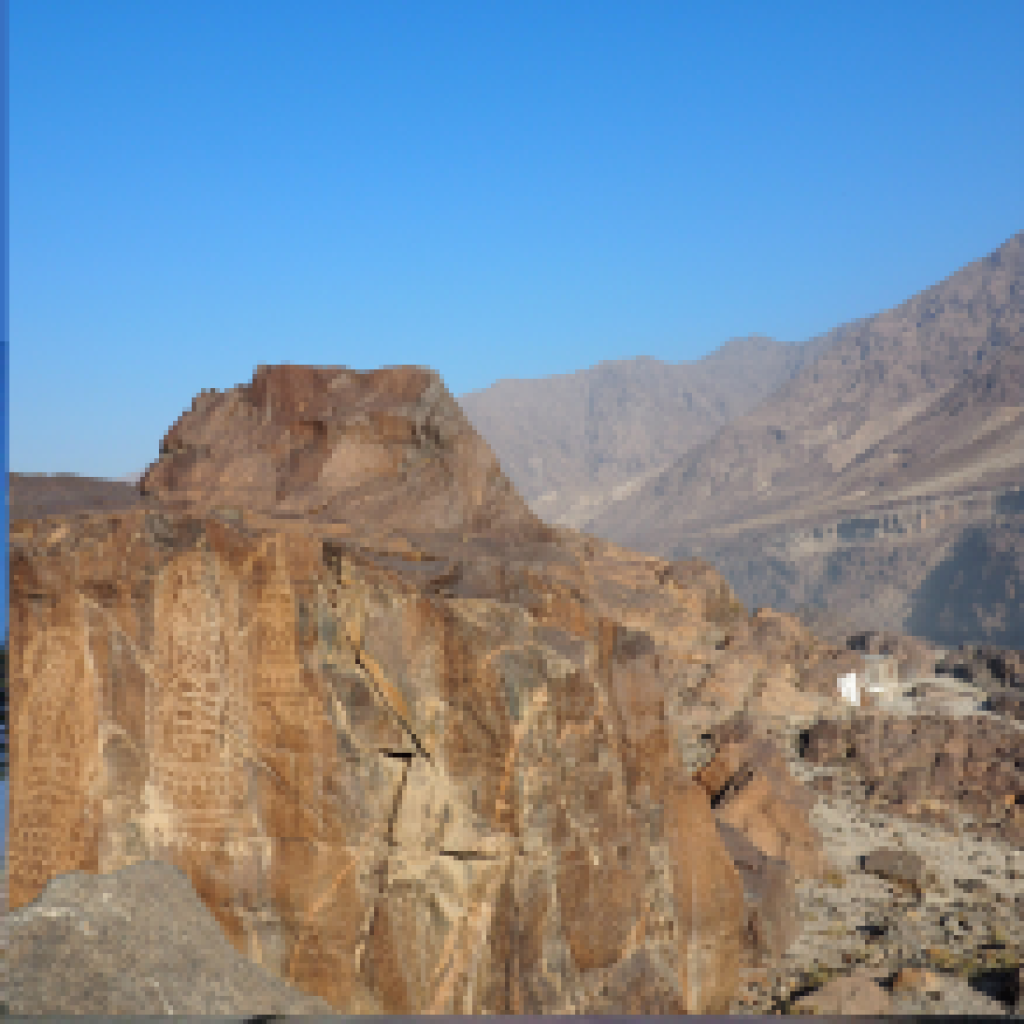
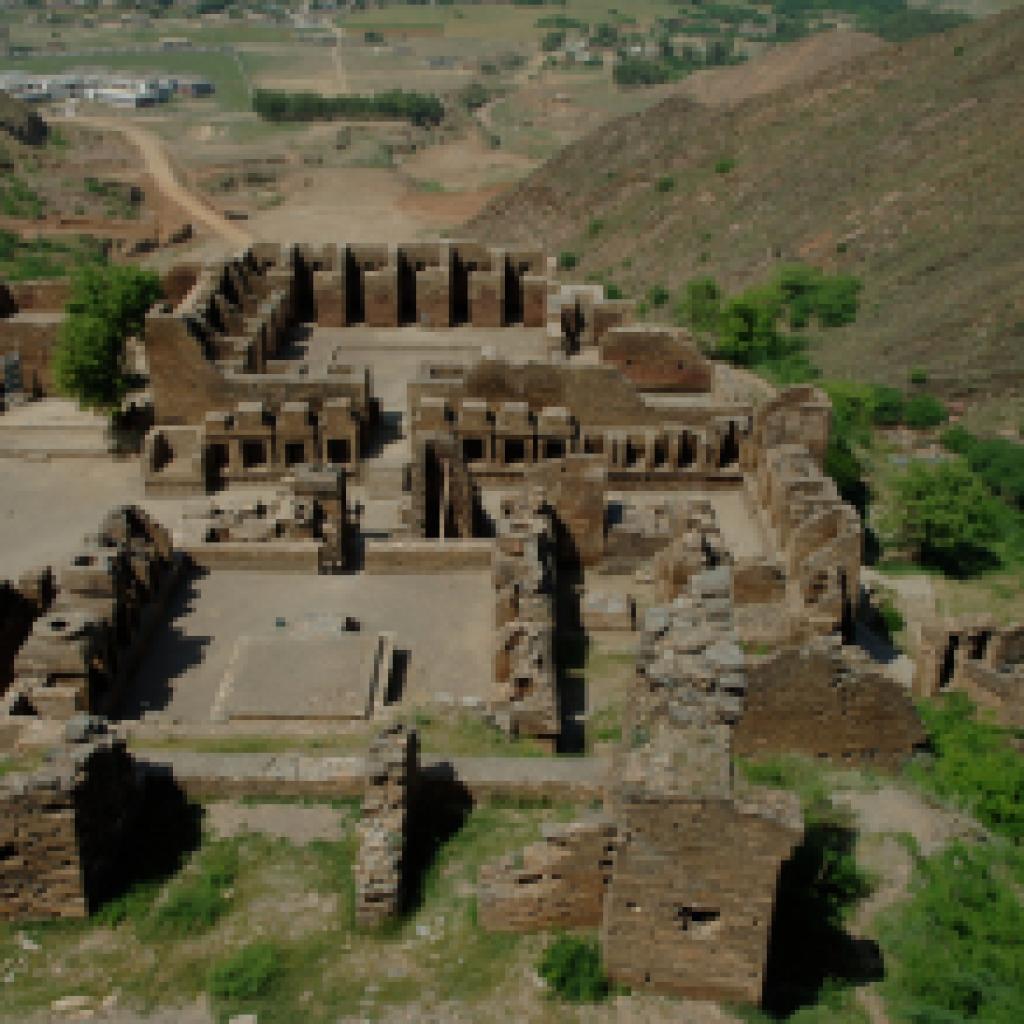
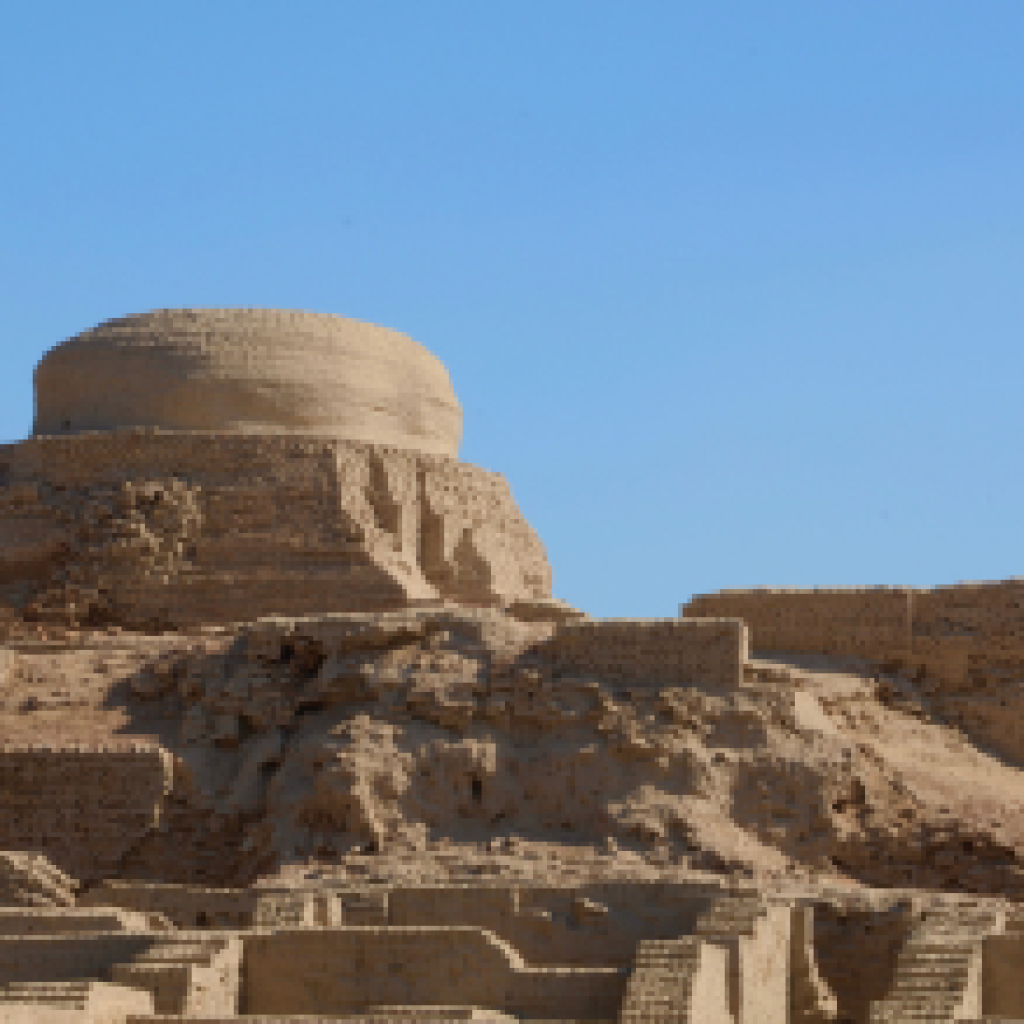
Conclusion
Embarking on this cultural odyssey, we’ve traversed the length and breadth of Pakistan, uncovering the hidden gems that define its Buddhist legacy. From ancient monasteries to modern temples, each site narrates a unique story, inviting travelers to connect with the rich tapestry of Pakistan’s diverse heritage. As we conclude this journey, we invite you to explore these historical wonders firsthand and witness the harmonious coexistence of tradition and modernity in the heart of South Asia.
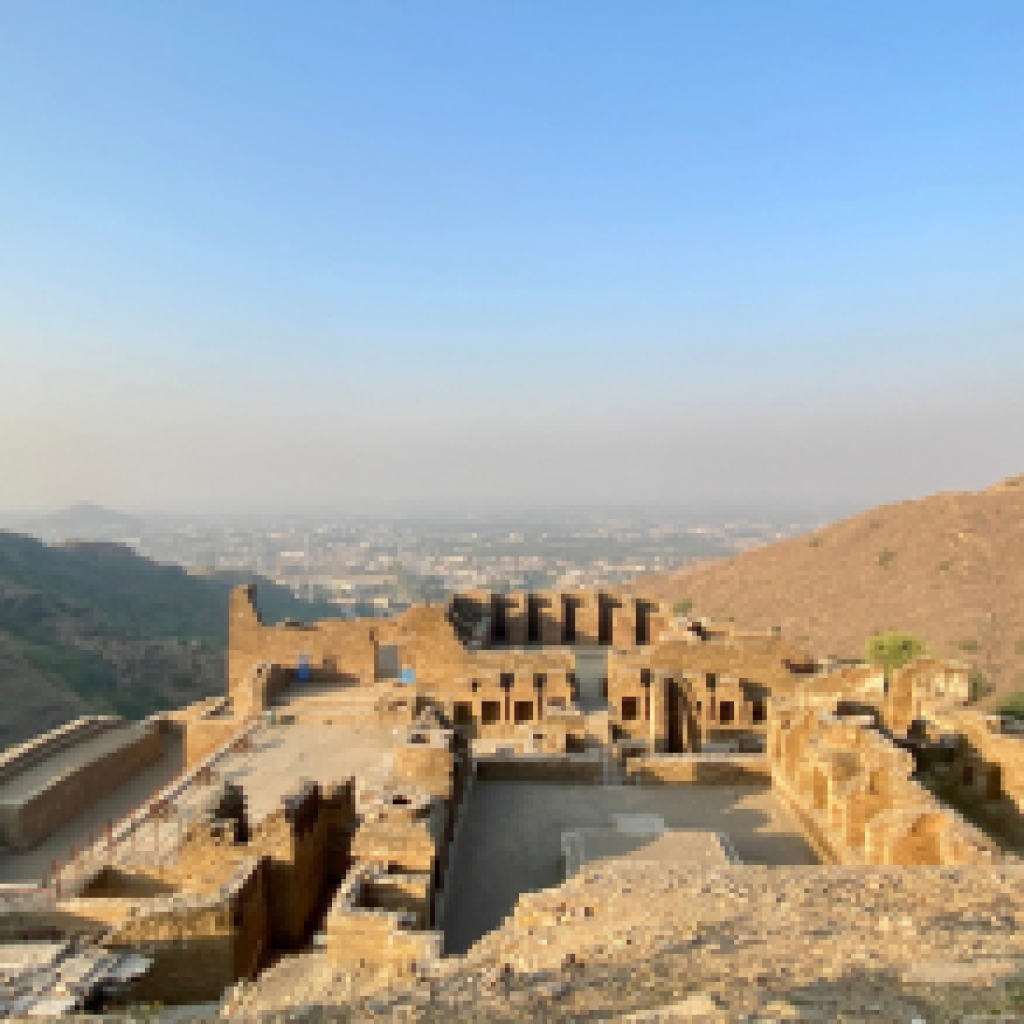
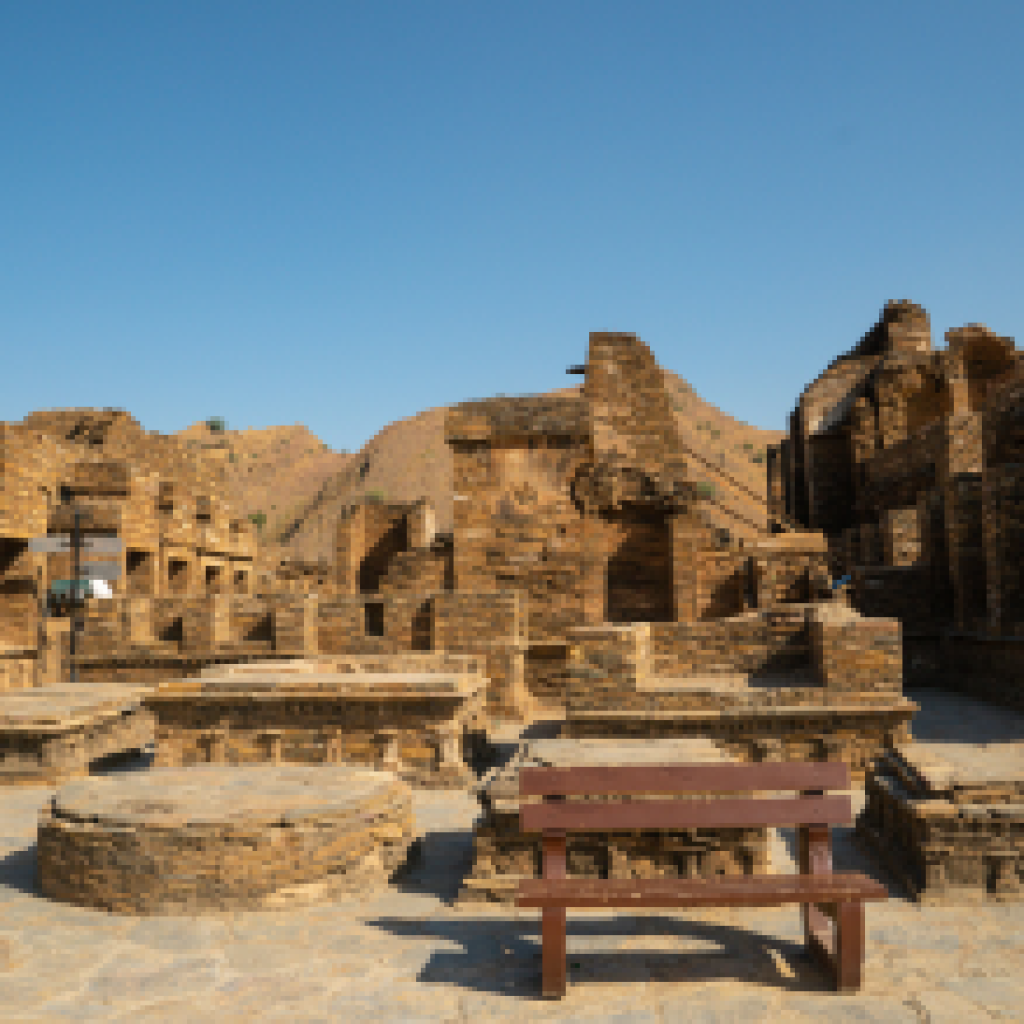
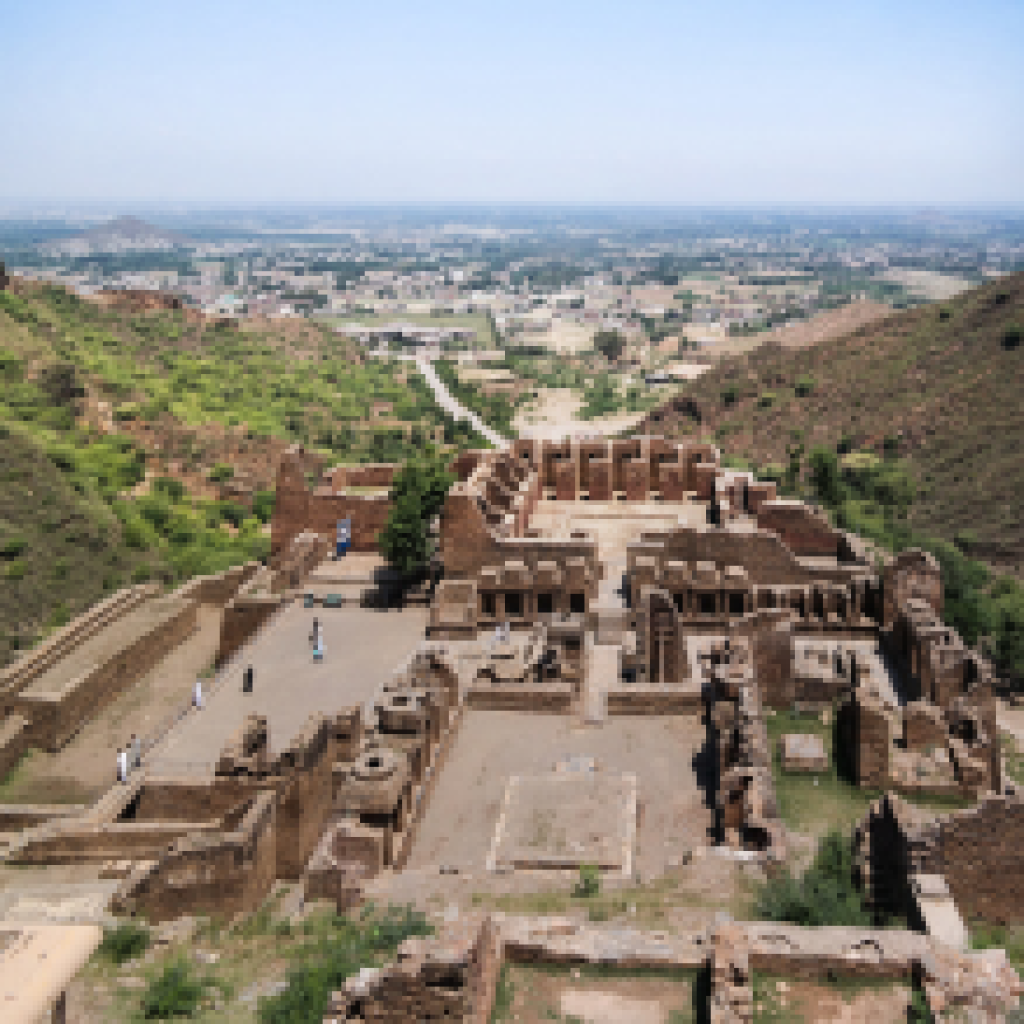

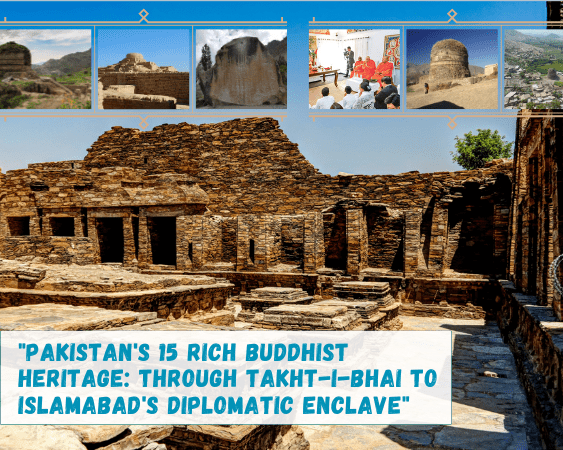
0 Comment